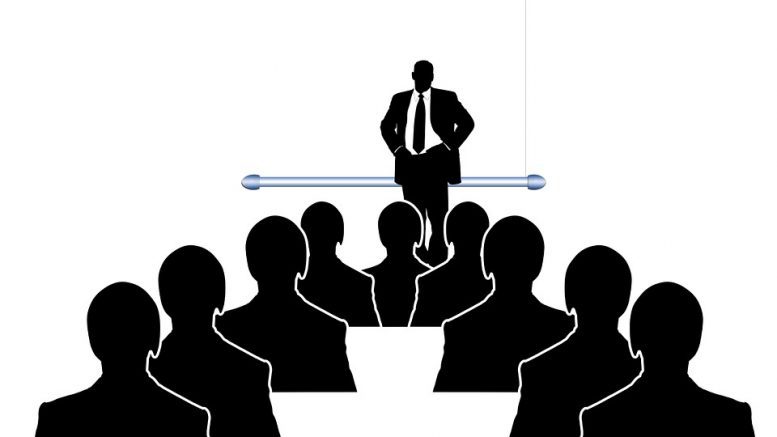Traders’ sales promotion
It aims at increasing the interest and enthusiasm of dealers and distributors. A trade sales promotion is targeted at resellers—wholesalers and retailers—who distribute manufacturers’ products to the ultimate consumers. The objectives of sales promotions aimed at the trade are different from those directed at consumers. In general, trade sales promotions hope to accomplish four goals:
1) Develop in-store merchandising support, as strong support at the retail store level is the key to closing the loop between the customer and the sale.
2) Control inventory by increasing or depleting inventory levels, thus helping to eliminate seasonal peaks and valleys.
3) Expand or improve distribution by opening up new sales areas (trade promotions are also sometimes used to distribute a new size of the product).
4) Generate excitement about the product among those responsible for selling it.
Some of the most common forms of trade promotions—
- Buy back allowance – The buy – back allowance is paid at the first purchase of the goods by the dealers. The dealer may utilize the allowance of the first purchase at the time of second purchase and the allowance of second purchase at the third purchase and so on.
- Buying allowance – A buying allowance is a bonus paid by a manufacturer to a reseller when a certain amount of product is purchased during a specific time period.
- Free goods – The manufacturer offers certain goods free of cost to the wholesalers and the retailers depending among the volume of sales made by them.
- Cooperative advertising – When a producer agrees to pay the advertising allowance to the dealer for product purchased, it is called the cooperative advertising. Such promotional efforts stimulate the dealers to buy more and more of a product.
- Free foreign tours – Wholesalers and retailers who are able to achieve a certain volume of sales within a stated period of time, are given the opportunity of free foreign tours by the manufacturing company.
- Point – of – purchase (POP) Displays – Manufacturers provide point-of-purchase (POP) display units free to retailers in order to promote a particular brand or group of products. The forms of POP displays include special racks, display cartons, banners, signs, price cards, and mechanical product dispensers. Probably the most effective way to ensure that a reseller will use a POP display is to design it so that it will generate sales for the retailer. High product visibility is the basic goal of POP displays. In industries such as the grocery field where a shopper spends about three-tenths of a second viewing a product, anything increasing product visibility is valuable. POP displays also provide or remind consumers about important decision information, such as the product’s name, appearance, and sizes. The theme of the POP display should coordinate with the theme used in ads and by salespeople.
- Trade shows – Thousands of manufacturers display their wares and take orders at trade shows. In fact, companies spend over $9 billion yearly on these shows. Trade shows provide a major opportunity to write orders for products. They also provide a chance to demonstrate products, disseminate information, answer questions, and be compared directly to competitors. Related to trade shows, but on a smaller scale, are sales meetings sponsored by manufacturers or wholesalers. Whereas trade shows are open to all potential customers, sales meetings are targeted toward the company’s sales force and/or independent sales agents. These meetings are usually conducted regionally and directed by sales managers. The meetings may be used to motivate sales agents, to explain the product or the promotional campaign, or simply to answer questions. For resellers and salespeople, sales contests can also be an effective motivation. Typically, a prize is awarded to the organization or person who exceeds a quota by the largest percentage.
- Push money – Similarly, push money (PM)—also known as spiffs—is an extra payment given to sales-people for meeting a specified sales goal. For example, a manufacturer of refrigerators might pay a $30 bonus for each unit of model A, and a $20 bonus for each unit of model B, sold between March 1 and September 1. At the end of that period, the salesperson would send evidence of these sales to the manufacturer and receive a check in return.

Be the first to comment on "Sales Promotion: Traders"